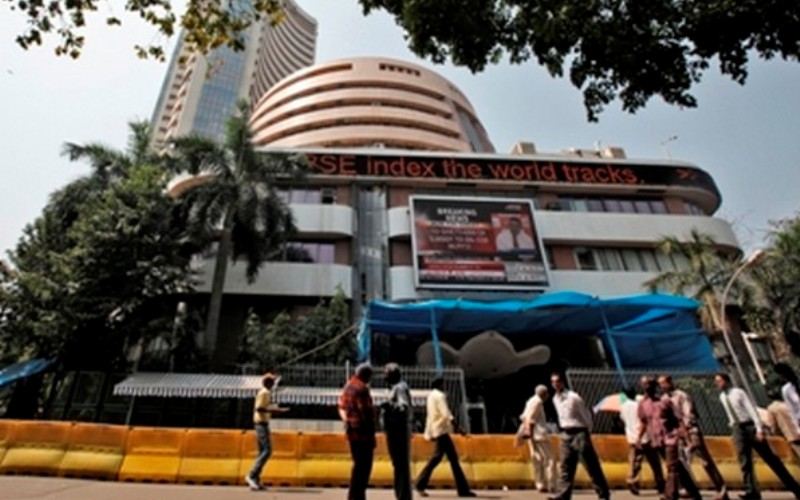Mumbai: The continued weakness of the Indian rupee, along with cues on any further rise in US lending rates and the direction of foreign fund flows are likely to determine the trajectory of the Indian equity markets in the coming week.
According to market observers, high crude oil prices and expensive stock valuations will dent investors’ sentiments.
“Its a perfect storm for the India equity markets with rising the USD, US treasury rates and oil, coupled with an over-valued market vis-a-vis its historical averages, a weak Indian rupee, rising local bond yields and domestic financial instability over the IL&FS and NBFC issues,” Devendra Nevgi, Founder and Principal Partner, Delta Global Partners, told IANS.
“The Reserve Bank of India’s (RBI) status quo on policy rates and its hands-off approach on the rupee would probably add to the uncertainty. The volatility is expected to continue next week as global markets continue to fall due to rising US rates.”
Lately, a multitude of factors, including geopolitical developments and the wider trade deficit, have pulled the Indian rupee to fresh record intra-day and closing lows.
Last week, the rupee touched a fresh low of over 74 to a US dollar in the spot market. It settled at a record closing low of 73.77 per US dollar on October 5.
“The coming weeks would see pressure continuing on the rupee as external and domestic conditions remain unfavourable for the currency,” Madhavi Arora, Economist, FX and Rates, Edelweiss Securities, told IANS.
“We do not rule out the rupee crossing 75 and would watch out for assertive policy actions by the government or RBI if the currency continues to remain an EM (emerging markets) outlier.”
Besides, any further rise in global crude oil prices will hamper the recovery in the domestic equity market. On Friday, October 5, brent crude oil was priced at over $84 per barrel.
“The equity market outlook has taken a beating given the degradation in the quality of debt, redemption and heightened risk averseness by investors,” said Vinod Nair, Head of Research at Geojit Financial Services.
“The trend is likely to be negative at least in the near-term till the financial market stabilises. Key data like bond yield, rupee, oil prices, liquidity and equity valuation have to normalise — which may take some more time.”
Additionally, investors will remain cautious over the possibility of any further hike in the US interest rates which has driven away foreign portfolio investors (FPIs) from emerging markets such as India.
The provisional figures from the stock exchanges showed that foreign institutional investors (FIIs) sold scrips worth Rs 9,522.44 crore during the week ended October 5.
Apart from foreign funds, macro-economic data points such as the Consumer Price Index (CPI) and Index of Industrial Production (IIP) will set the tone for the key indices.
On technical levels, the downtrend is expected to continue on the National Stock Exchange (NSE)’s Nifty50.
“Technically, with the Nifty moving down further, the intermediate trend remains firmly down,” said Deepak Jasani, Head of Retail Research for HDFC Securities.
“The downtrend is likely to continue once the immediate support of 10,227 points is broken. Crucial resistance to watch on the upside is at 10,547 points.”
On a weekly basis, persistent depreciation in the rupee along with the RBI’s new policy stance of “calibrated tightening” pulled the domestic equity market lower for the fifth consecutive week.
Consequently, the S&P Bombay Stock Exchange (BSE) Sensex closed at 34,376.99 points, lower by 1,850.15 points or 5.10 per cent from its previous close.
Similarly, the wider Nifty50 of the NSE on Friday closed at 10,316.45 points, down 614 points or 5.61 per cent from the previous week’s close.
[source_without_link]IANS[/source_without_link]

